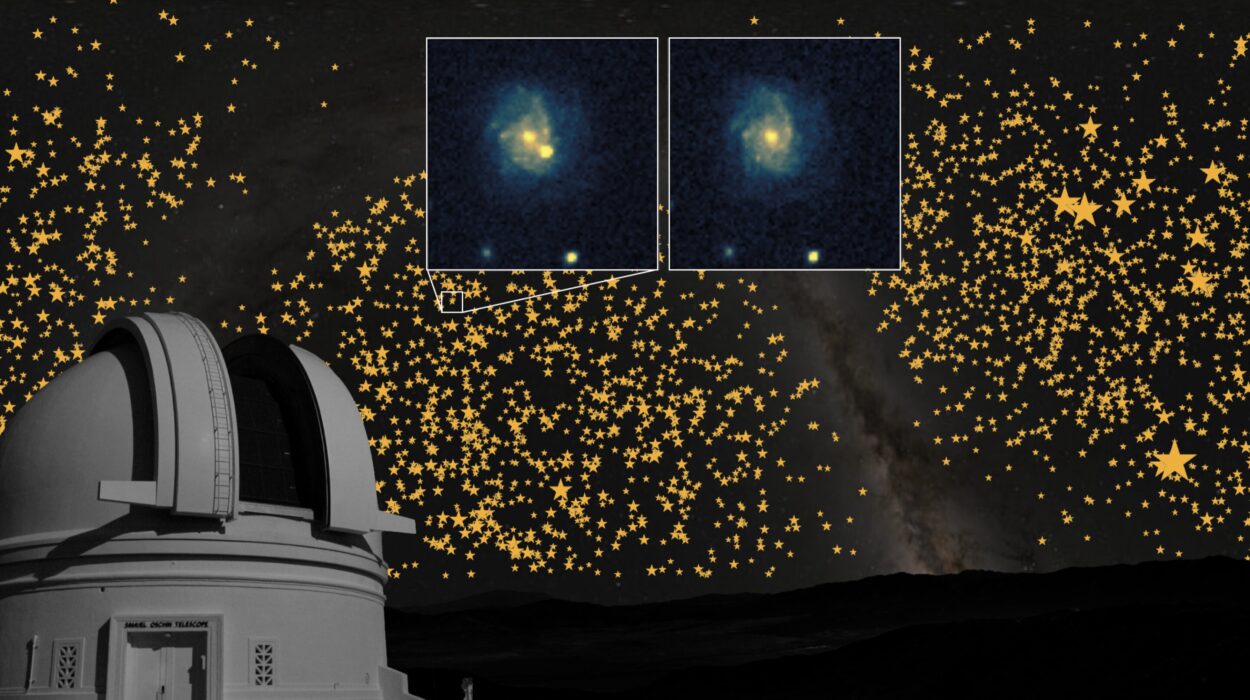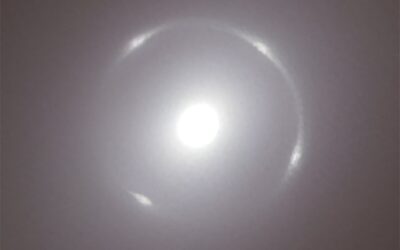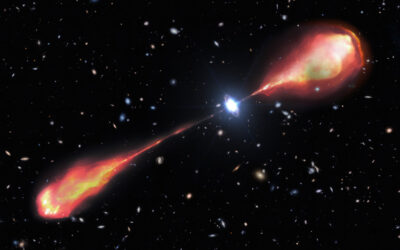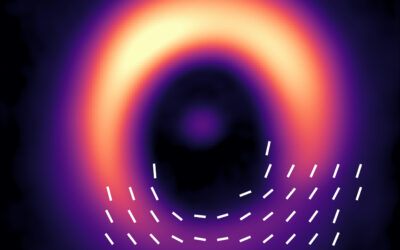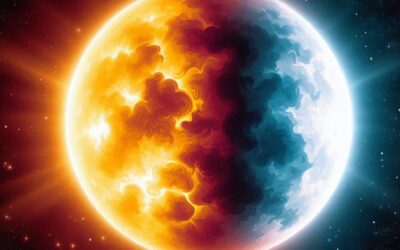Astrophysicists have uncovered a surprising range of behaviors in the way white dwarf stars explode after an extensive analysis of nearly 4,000 such events, which were carefully observed by a cutting-edge astronomical sky survey. This discovery could significantly enhance our ability to measure distances across the universe and deepen our understanding of the elusive force known as dark energy.
For decades, the spectacular explosions of white dwarf stars—known as Type Ia supernovae—have been critical in our study of dark energy. Dark energy is the mysterious phenomenon responsible for the accelerated expansion of the universe, and understanding it is one of the most pressing challenges in modern astrophysics. These star explosions are not only central to studying dark energy, but they are also a vital source of heavy elements like iron, nickel, and titanium, which are produced in the extreme environments of these stellar deaths.
A breakthrough in this field has been marked with the release of an enormous dataset and an associated series of publications in a special issue of Astronomy & Astrophysics. This dataset, comprising nearly 4,000 nearby supernovae, is by far the largest sample ever collected, far surpassing any previous efforts in both size and detail. This extensive collection has led to pivotal new insights into the mechanics of how white dwarf stars explode, and it has already begun to reshape our understanding of these cosmic phenomena.
The Zwicky Transient Facility (ZTF), a state-of-the-art sky survey led by Caltech, was instrumental in obtaining this wealth of data. Researchers at Trinity College Dublin, led by Prof. Kate Maguire from the School of Physics, also played a key role in analyzing the findings. The ZTF’s ability to scan the sky rapidly and deeply has been essential in identifying even the faintest of stellar explosions—events up to one million times fainter than the dimmest stars visible to the naked eye. According to Prof. Maguire, this unprecedented ability to detect faint celestial events is one of the key reasons this dataset has proven so invaluable.
One of the most striking discoveries of the study, led by Prof. Maguire’s team, is the revelation that white dwarf stars can explode in a variety of unexpected ways. White dwarfs are the remnants of stars that were once similar in size to the Sun but have exhausted their fuel and collapsed into an extremely dense state. These stars often explode as Type Ia supernovae when they accumulate material from a companion star or when two white dwarfs collide.
The new dataset has shown that these explosions can happen in multiple, exotic scenarios, some of which were not anticipated. In some cases, the explosions result from the violent collisions between two stars in a binary system, leading to a dramatic outburst of light and energy. In other instances, the white dwarf star can “cannibalize” its companion star in a double star system, slowly drawing in matter from the other star until it reaches a critical mass and explodes in a powerful supernova.
This level of diversity in the mechanisms behind white dwarf explosions was only made possible by the combination of the ZTF’s ability to detect extremely faint events and the large number of supernovae in the dataset. The sheer variety of these explosions has significant implications for the role Type Ia supernovae play in measuring cosmic distances, an essential task for mapping the universe and probing the nature of dark energy.
Type Ia supernovae have long been considered reliable “standard candles” for measuring astronomical distances, as the uniformity of their explosions allows scientists to estimate the distance to the galaxies in which they occur. However, the newfound diversity in these explosions raises questions about the accuracy of using them as standard candles. If the explosions can differ so drastically, with some being much fainter than others, this could introduce uncertainties in the measurement of cosmic distances.
Prof. Maguire explains that this diversity—ranging from faint explosions that are barely detectable to extraordinarily bright ones that can be visible for months or even years—may complicate the assumptions that have been made in the past. “The diversity of ways that white dwarf stars can blow up is much greater than previously expected,” she says, “resulting in explosions that range from being so faint they are barely visible to others that are bright enough to see for many months to years afterward.”
This revelation has critical consequences for efforts to understand dark energy, as the constraints on this mysterious force depend on the assumption that the explosions of white dwarfs behave in a consistent way. The diverse explosions observed by the ZTF might require adjustments to our models of how these supernovae can be used to probe the accelerating expansion of the universe.
Moreover, this new understanding may help guide future research on the formation of the elements that make up our universe. White dwarf supernovae are key to the creation of heavy elements, which are scattered throughout the cosmos when these stars explode. These elements are essential to the formation of planets, stars, and even life itself. Understanding the processes behind their creation could offer valuable insights into the evolution of the universe and the origins of matter.
The study of white dwarf explosions is also deeply connected to the field of cosmology, as it provides one of the most direct ways to measure the scale of the universe. By refining our understanding of how these explosions work, scientists hope to enhance the precision of cosmic distance measurements, which will allow for more accurate estimates of the size, age, and expansion rate of the universe.
With these new findings, the landscape of astrophysics is shifting. The discovery that white dwarf stars can explode in a greater variety of ways than previously thought opens up new avenues for exploration. This will likely lead to further refinement of cosmological models and may influence the way we measure the fundamental parameters of the universe.
The ZTF’s remarkable ability to detect and catalogue faint supernovae has positioned it as a key instrument in the study of stellar explosions and their role in cosmology. As the dataset continues to grow, new surprises are expected, and astrophysicists will undoubtedly continue to gain deeper insights into the fascinating and complex phenomena that govern the end of life for stars.
